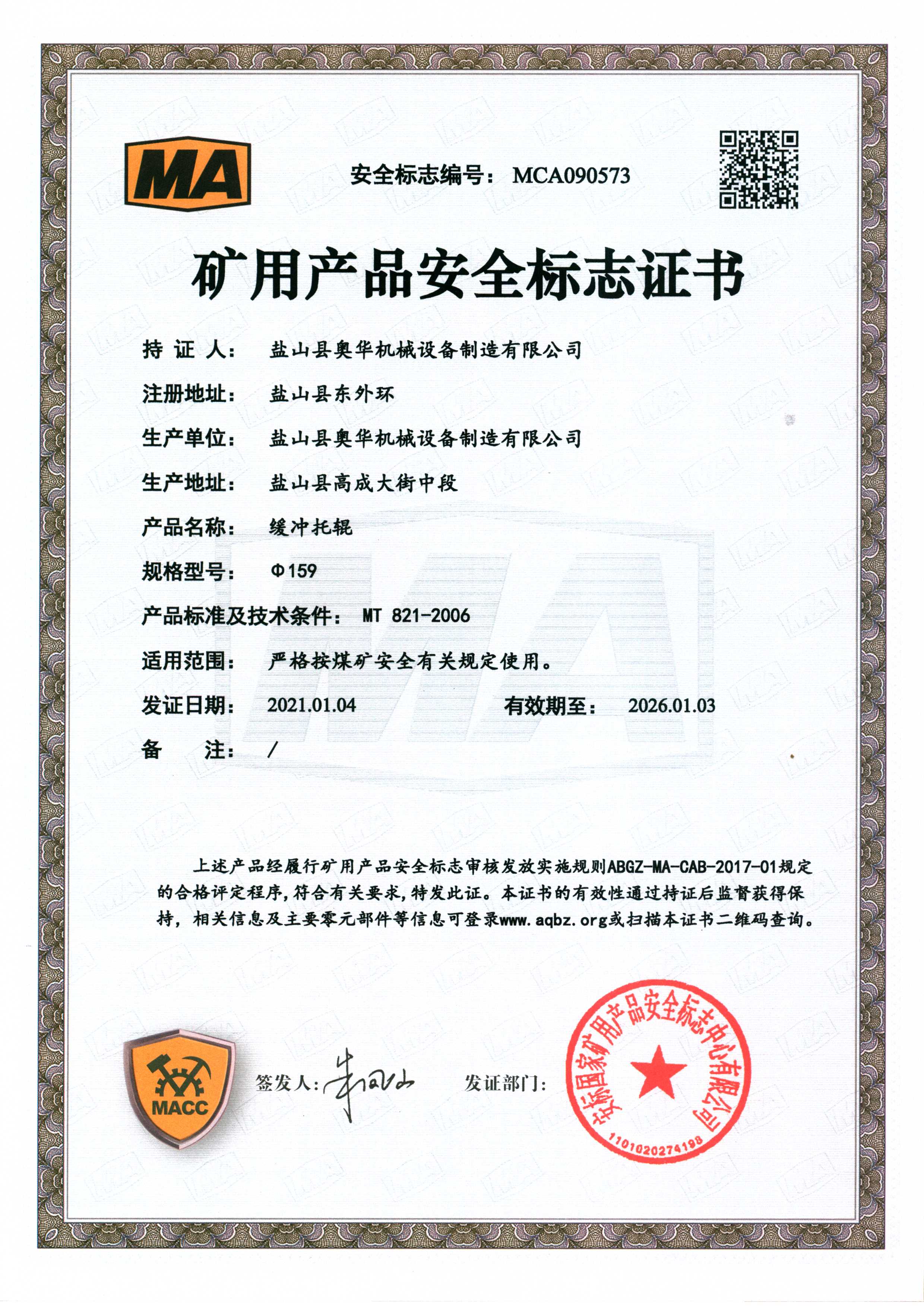 Afrikaans
Afrikaans  Albanian
Albanian  Amharic
Amharic  Arabic
Arabic  Armenian
Armenian  Azerbaijani
Azerbaijani  Basque
Basque  Belarusian
Belarusian  Bengali
Bengali  Bosnian
Bosnian  Bulgarian
Bulgarian  Catalan
Catalan  Cebuano
Cebuano  Corsican
Corsican  Croatian
Croatian  Czech
Czech  Danish
Danish  Dutch
Dutch  English
English  Esperanto
Esperanto  Estonian
Estonian  Finnish
Finnish  French
French  Frisian
Frisian  Galician
Galician  Georgian
Georgian  German
German  Greek
Greek  Gujarati
Gujarati  Haitian Creole
Haitian Creole  hausa
hausa  hawaiian
hawaiian  Hebrew
Hebrew  Hindi
Hindi  Miao
Miao  Hungarian
Hungarian  Icelandic
Icelandic  igbo
igbo  Indonesian
Indonesian  irish
irish  Italian
Italian  Japanese
Japanese  Javanese
Javanese  Kannada
Kannada  kazakh
kazakh  Khmer
Khmer  Rwandese
Rwandese  Korean
Korean  Kurdish
Kurdish  Kyrgyz
Kyrgyz  Lao
Lao  Latin
Latin  Latvian
Latvian  Lithuanian
Lithuanian  Luxembourgish
Luxembourgish  Macedonian
Macedonian  Malgashi
Malgashi  Malay
Malay  Malayalam
Malayalam  Maltese
Maltese  Maori
Maori  Marathi
Marathi  Mongolian
Mongolian  Myanmar
Myanmar  Nepali
Nepali  Norwegian
Norwegian  Norwegian
Norwegian  Occitan
Occitan  Pashto
Pashto  Persian
Persian  Polish
Polish  Portuguese
Portuguese  Punjabi
Punjabi  Romanian
Romanian  Russian
Russian  Samoan
Samoan  Scottish Gaelic
Scottish Gaelic  Serbian
Serbian  Sesotho
Sesotho  Shona
Shona  Sindhi
Sindhi  Sinhala
Sinhala  Slovak
Slovak  Slovenian
Slovenian  Somali
Somali  Spanish
Spanish  Sundanese
Sundanese  Swahili
Swahili  Swedish
Swedish  Tagalog
Tagalog  Tajik
Tajik  Tamil
Tamil  Tatar
Tatar  Telugu
Telugu  Thai
Thai  Turkish
Turkish  Turkmen
Turkmen  Ukrainian
Ukrainian  Urdu
Urdu  Uighur
Uighur  Uzbek
Uzbek  Vietnamese
Vietnamese  Welsh
Welsh  Bantu
Bantu  Yiddish
Yiddish  Yoruba
Yoruba  Zulu
Zulu conveyor bend pulley
Understanding Conveyor Bend Pulleys Essential Components for Material Handling Systems
Conveyor systems are integral to modern manufacturing and logistics, enabling the efficient transport of materials across various industries. Among the various components that constitute these systems, bend pulleys play a crucial role in maintaining the overall functionality and performance of conveyor belts. This article delves into the significance of conveyor bend pulleys, their construction, and their applications.
Conveyor bend pulleys are designed to change the direction of the conveyor belt, allowing it to navigate around corners and bends in the material handling process. These pulleys are strategically positioned at various points along the conveyor system, ensuring the smooth movement of the belt while minimizing wear and tear. The effectiveness of a conveyor system heavily relies on the proper alignment and function of these bend pulleys.
Typically constructed from durable materials such as steel or aluminum, bend pulleys are designed to withstand significant weight and pressure. Their robust construction ensures longevity and reliability, which are essential for preventing downtime in an operational environment. The surface of the bend pulley is often covered with wear-resistant materials to further enhance its durability and to reduce friction with the conveyor belt.
conveyor bend pulley

One of the critical functions of a bend pulley is to maintain the tension in the conveyor belt. Proper tension is vital for ensuring optimal performance and avoiding issues such as belt slippage or misalignment. By providing the necessary guidance and support, bend pulleys help to distribute the weight of the material being transported evenly along the belt. This prevents excessive wear on any particular section of the conveyor and prolongs the lifespan of both the belt and the pulleys.
In addition to their functional benefits, conveyor bend pulleys contribute to the overall safety of material handling systems. By ensuring that the conveyor belt moves smoothly and is properly aligned, these pulleys reduce the risk of accidents caused by unexpected belt failures. Furthermore, they help maintain a consistent flow of materials, which is crucial for workplace efficiency.
The applications of conveyor bend pulleys are vast and varied. They are commonly found in industries such as mining, manufacturing, and distribution, where bulk materials need to be transported over long distances. Their ability to facilitate changes in direction and alignments makes them indispensable in any conveyor system that requires flexibility and adaptability.
In summary, conveyor bend pulleys are essential components that enhance the performance, safety, and efficiency of material handling systems. With their robust design and crucial role in maintaining belt tension and alignment, they contribute significantly to the seamless operation of conveyor systems. Understanding their importance can help industries optimize their processes and enhance productivity.
-
Revolutionizing Conveyor Reliability with Advanced Rubber Lagging PulleysNewsJul.22,2025
-
Powering Precision and Durability with Expert Manufacturers of Conveyor ComponentsNewsJul.22,2025
-
Optimizing Conveyor Systems with Advanced Conveyor AccessoriesNewsJul.22,2025
-
Maximize Conveyor Efficiency with Quality Conveyor Idler PulleysNewsJul.22,2025
-
Future-Proof Your Conveyor System with High-Performance Polyurethane RollerNewsJul.22,2025
-
Driving Efficiency Forward with Quality Idlers and RollersNewsJul.22,2025





























